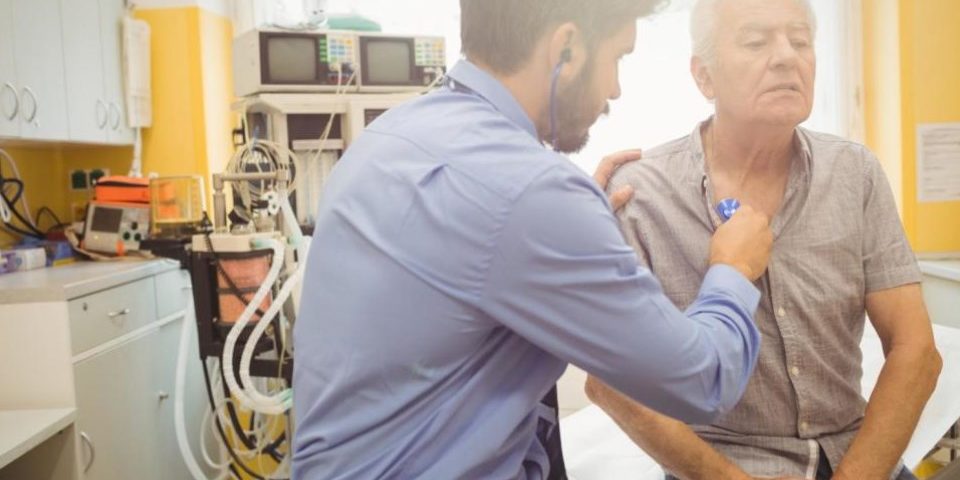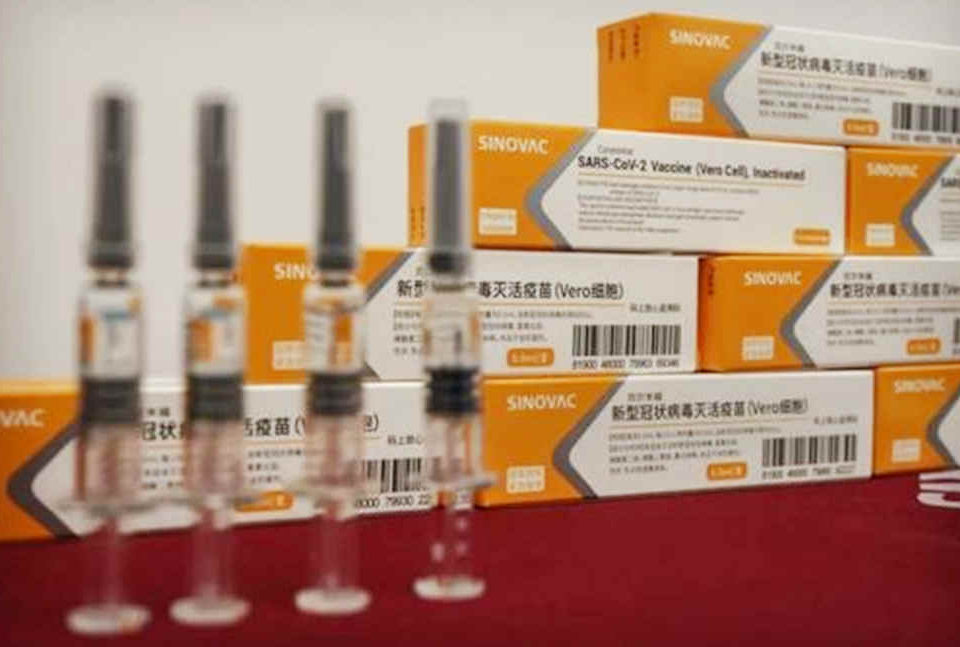According to the National Cancer Institute, 222,500 new cases of lung cancer were projected to be diagnosed in 2017, making it one of the most prevalent form of cancer in the United States today. “If you add up all the deaths from the next several most common causes of cancer deaths, it does not equal lung cancer,” says Dr. David Carbone, medical oncologist and director of the Thoracic Oncology Center at The Ohio State University Comprehensive Cancer Center – Arthur G. James Cancer Hospital and Richard J. Solove Research Institute.
Signs and Symptoms of Lung Cancer
Lung cancer typically does not offer many signs of its presence early on, which makes detecting it in its most treatable stages a difficult undertaking. Among those who do have symptoms, the most common ones, according to the American Cancer Society, are:
- “A cough that does not go away or gets worse
- Coughing up blood or rust-colored sputum (spit or phlegm)
- Chest pain that is often worse with deep breathing, coughing, or laughing
- Hoarseness
- Weight loss and loss of appetite
- Shortness of breath
- Feeling tired or weak
- Infections such as bronchitis and pneumonia that don’t go away or keep coming back
- New onset of wheezing”
Risk Factors for Lung Cancer
Lung cancer does not discriminate based on sex or race, but the primary risk factor for developing the disease is a history of smoking. Carbone says 85 percent of lung cancer patients smoked at some point in their lives, and the NCI says smokers have a 20 times greater risk for developing the disease than nonsmokers.
But not all smokers will develop lung cancer, and not all lung cancer patients were smokers. Environmental exposure to inhaled carcinogens – substances that can cause cancer – and toxins such as air pollution are likely to blame for the 15 percent or so of lung cancers that occur in people who never smoked. Radon and radiation are two common contributors to the development of lung cancer.
Genetics can also play a role in whether you develop lung cancer. A genetic mutation called EGFR has been identified as a source of genetically-based cases of lung cancer. According to the Memorial Sloan Kettering Cancer Center, EGFR gene mutations account for 10 percent of patients with non-small cell lung cancer and “nearly 50 percent of lung cancers arising in those who have never smoked.”
Screening and Diagnosis
Regular screening for lung cancer is not a common occurrence, although heavy smokers are encouraged to monitor the health of their lungs if they won’t or can’t quit smoking. The U.S. Preventive Services Task Force recommends annual screening with low-dose computed tomography (CT scanning) for adults 55 to 80 who have a 30-pack-a-year smoking history and currently smoke, or those who quit smoking within the past 15 years. Your pack-year figure is calculated by multiplying the number of packs of cigarettes you smoke or smoked daily by the number of years you have smoked. For example, if you smoked a pack a day for 30 years, your pack-year rate would be 30. The higher the number, the higher your risk of developing lung cancer.
If lung cancer is suspected, your doctor will use X-ray or CT imaging to get a better look at your lungs. If a suspicious mass or tumor is found, your doctor may recommend additional imaging such as a PET (positron emission tomography) scan or lung endoscopy, in which your doctor will use a scope to get a look inside your airways. A biopsy will remove a tissue sample which can then be tested to determine whether the mass is cancerous, and if so, what type and stage of cancer you have.
Types and Stages of Lung Cancer
A lung cancer diagnosis is not the same thing for all patients. The type of lung cancer and its stage, or how advanced it is, will dictate how your doctor recommends treating the disease. Lung cancer can be categorized into two main types: non-small cell lung cancer, or NSCLC, and small cell lung cancer, or SCLC.
NSCLC
NSCLC accounts for about 80 to 85 percent of all lung cancers. This type of cancer is slower growing, but is often caught later when the disease is more advanced and harder to treat. NSCLCs are further subtyped based on the types of cells in the tumor.
Your doctor will stage, or determine how far along your cancer is, as part of your diagnosis. Staging the disease helps your doctor determine the best course of treatment for your individual case. It can be a complex undertaking, but generally, if your lung cancer is listed as stage 1, it has been discovered early on and has not spread beyond your lungs. In stage 2 , cancer cells will be found in the lung and in lymph nodes near the tumor. Stage 3 sees cancer cells in lymph nodes farther away from the tumor, and in stage 4 , the cancer has spread beyond the chest.
SCLC
SCLC, also sometimes called oat cell cancer, is an aggressive form of lung cancer that spreads quickly and accounts for 10 to 15 percent of all lung cancer cases. It’s typically classified into early-stage cancer that’s limited to one lung and advanced-stage when the cancer has spread beyond the one lung.
Lung Cancer Treatments
Although lung cancer is the leading cause of cancer death in the United States – the National Cancer Institue estimates that 155,870 people will die of the disease in 2017 – there are ways to treat the disease that can prolong your life.
The very first thing you should do upon receiving a lung cancer diagnosis if you haven’t already is to quit smoking. Although never smoking is best, quitting as soon as possible is always better than continuing to smoke. “Even if you quit at the time of your diagnosis of lung cancer, you can have longer survival and better prognosis,” says Leena Gandhi, director of thoracic medical oncology at the Perlmutter Cancer Center at NYU Langone Medical Center.
Removing the tumor is typically the first plan of attack in dealing with most forms of cancer, particularly if it’s caught early and hasn’t spread to distant parts of the body. Depending on the stage and type of lung cancer you have, your doctor may recommend a wedge resection, in which your surgeon will remove the tumor plus a wedge-shaped perimeter of healthy cells around it.
With more invasive or later stage cases of NSCLC, your doctor may recommend a lobectomy – the removal of a lobe or section of the lung – or a pneumonectomy, removal of the entire lung. It’s possible to still lead a relatively normal life with just one lung. If the cancer is in the bronchi – the tubes that connect the windpipe to the lungs – you may undergo a sleeve resection surgery to remove the part of the bronchus where the tumor is located.
Depending on the stage and class of cancer you have, your doctors may also recommend that you undergo radiation therapy or chemotherapy. Some patients may qualify for clinical trials for lung cancer – for example, exploring new drugs and treatments – while others could benefit from immunotherapy and other advances in lung cancer treatment.







